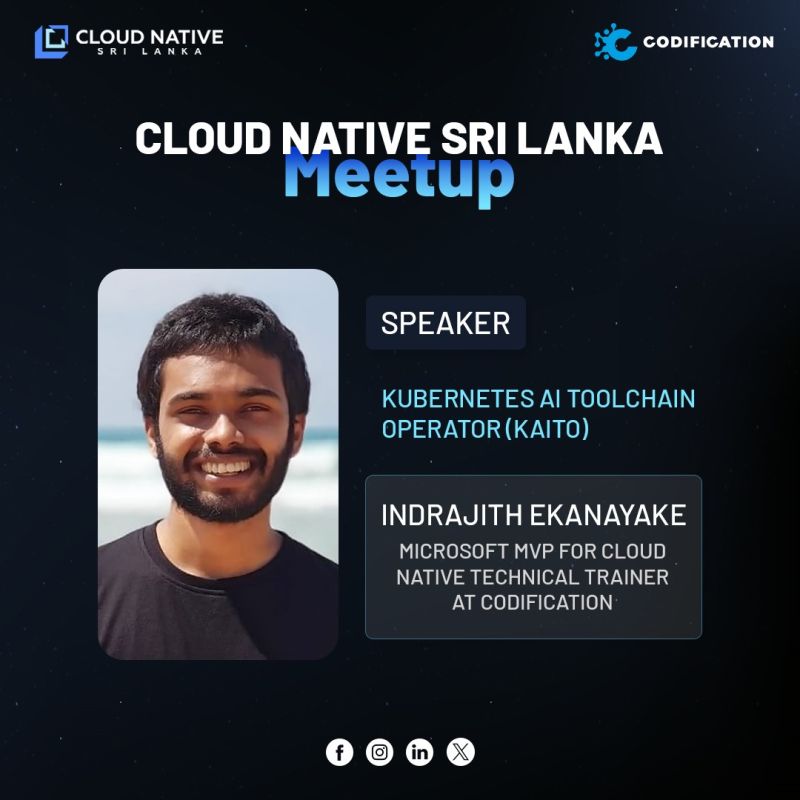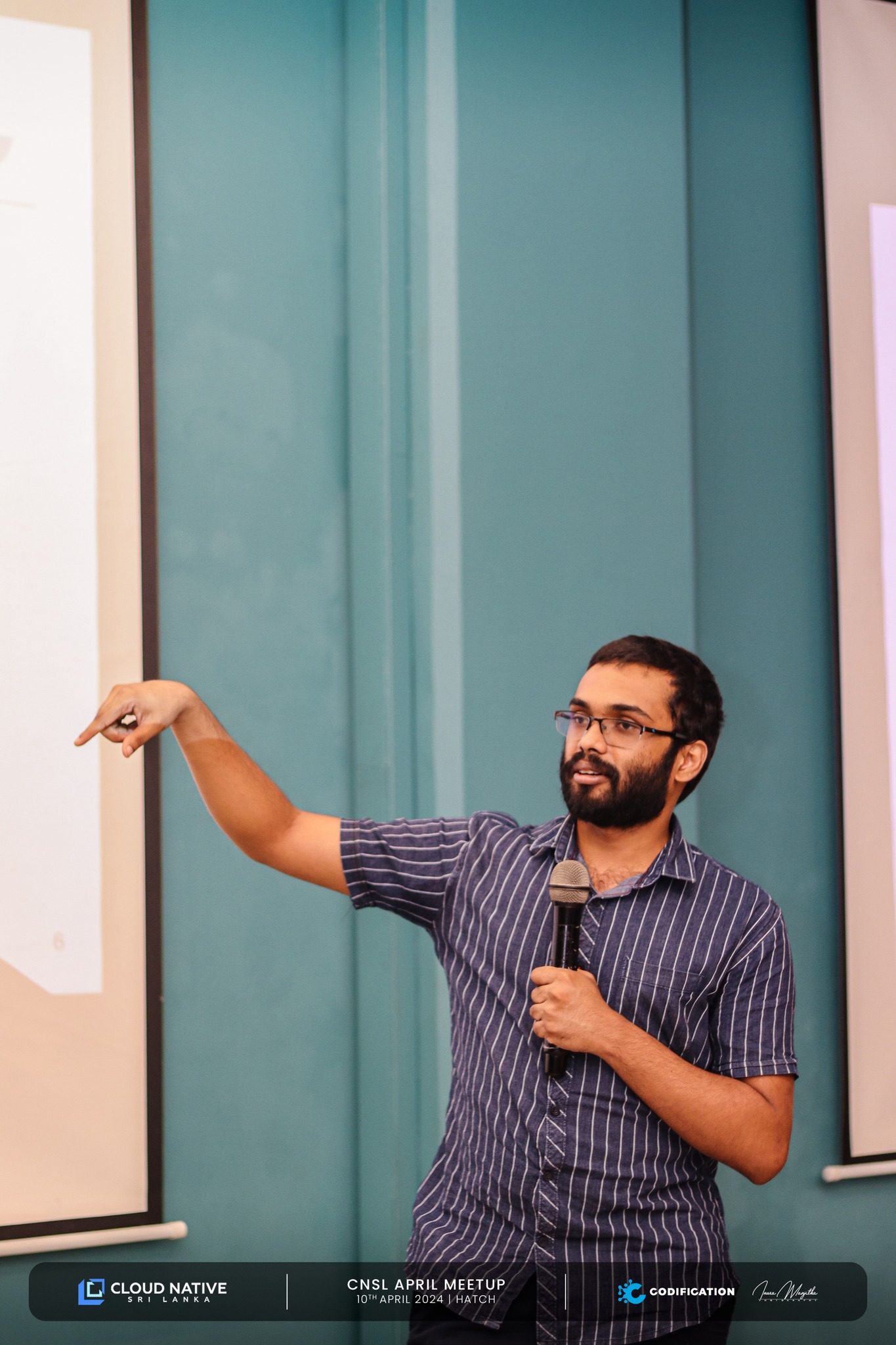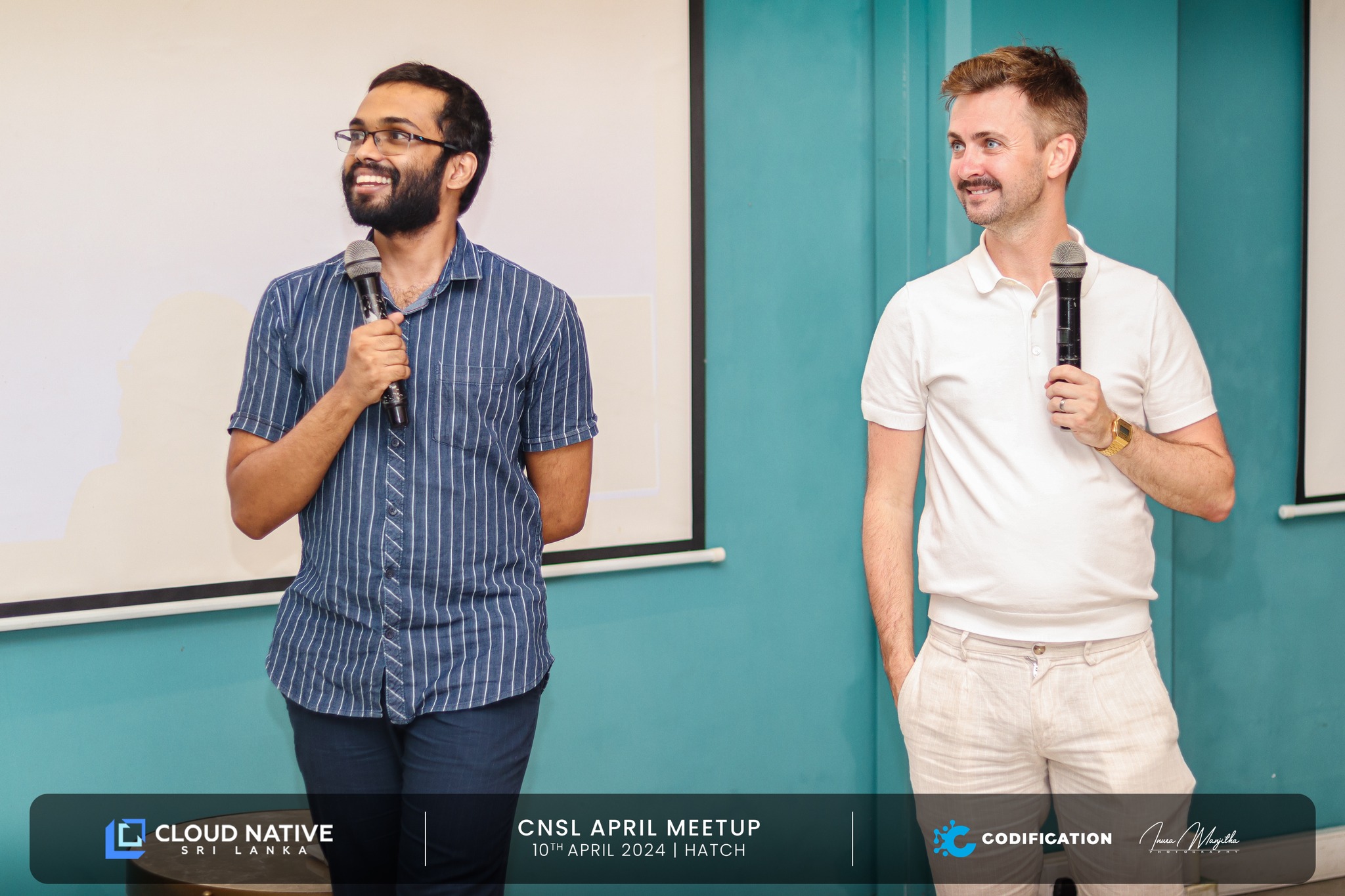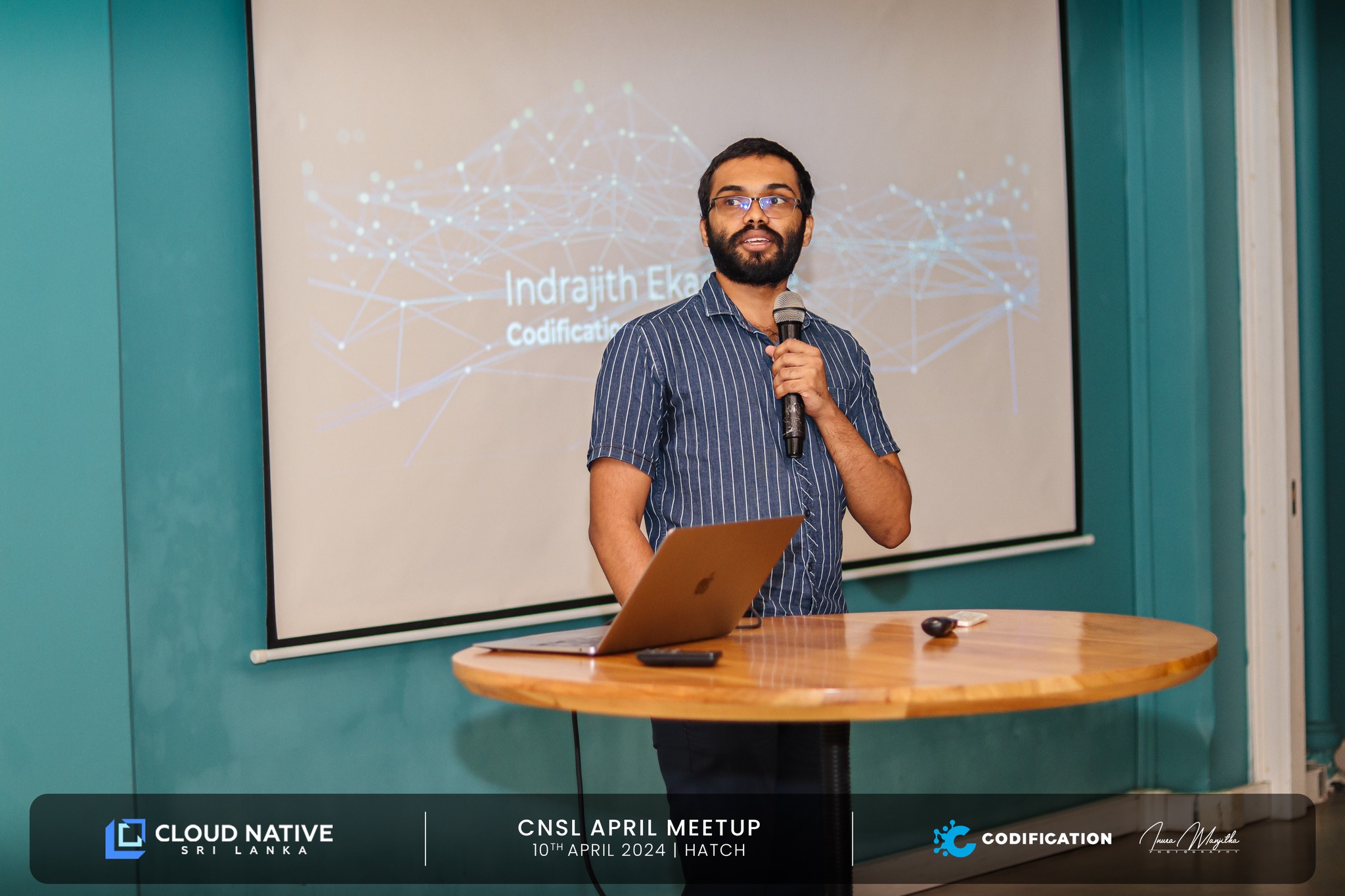Event Slides:
Guide for the Demo part
Kaito comes in handy when there are requirements to deploy production-grade inference models within the Kubernetes cluster. Currently, it focuses on open-source LLMs and it has model presents for falcon, llama2, mistral, and phi2 model families so far.
For Kaito as an operator, I identify 3 main use cases in my personal use but there are many more and many more to come,
- When there is a requirement to have an inference model within the cluster Kaito can abstract the complexity of creating, autoscaling, and managing GPU nodes. (using Karpenter APIs)
- Automatic tuning of model parameters to fit GPU hardware using the provided preset configurations.
- Model weights are built into the image so if a pod goes down, we can easily bring a new pod using the already downloaded image from the node.
The above session had 2 components a 20-minute theory and a 20-minute demo. All the commands related to the demo session are mentioned below. (Basically, these commands were taken from Kaito documentation and slightly modified according to my environment)
Prerequisites
- Azure subscription
- Azure CLI
- Azure Developer CLI
- kubectl
- Helm
- Azure vCPU quota (for Kaito you are required to have 12 vCPUs in Standard NCSv3 family)
You may check the vCPU quota by,
az vm list-usage \
--location ${AZURE_LOCATION} \
--query "[? contains(localName, 'Standard NCSv3')]" \
-o tableStep 1: Azure Managed Identity for Kaito provisioner
# set up the variables
export LOCATION="eastus"
export RESOURCE_GROUP="rg1"
export MY_CLUSTER="kaitoCluster"
# create resource group
az group create --name $RESOURCE_GROUP --location $LOCATION
# create aks cluster (make sure to enable oidc-issuer while creating, if the cluster is already created you can enable this later as well)
az aks create --resource-group $RESOURCE_GROUP --name $MY_CLUSTER --node-count 2 --enable-oidc-issuer --enable-workload-identity --enable-managed-identity --generate-ssh-keys --network-plugin azure
az aks get-credentials --resource-group $RESOURCE_GROUP --name $MY_CLUSTER
# create a new managed identity that the Kaito operator will use
export IDENTITY_NAME="kaitoprovisioner"
az identity create --name $IDENTITY_NAME -g $RESOURCE_GROUP
# assign the managed identity the necessary permissions to provision GPU nodes for use within your AKS cluster. You need to assign contributor or higher role
export AZURE_AKS_CLUSTER_ID=$(az aks show --name $MY_CLUSTER --resource-group $RESOURCE_GROUP --query id -o tsv)
az role assignment create --assignee $KAITO_IDENTITY_PRINCIPAL_ID --scope $AZURE_AKS_CLUSTER_ID --role Contributor
# create a federated identity credential so that the Kaito provisioner managed identity can authenticate against Microsoft Entra ID from within the AKS cluster.
export SUBSCRIPTION=$(az account show --query id -o tsv)
export AKS_OIDC_ISSUER=$(az aks show -n $MY_CLUSTER -g $RESOURCE_GROUP --subscription $SUBSCRIPTION --query "oidcIssuerProfile.issuerUrl" -o tsv)
az identity federated-credential create --name kaito-federatedcredential --identity-name $IDENTITY_NAME -g $RESOURCE_GROUP --issuer $AKS_OIDC_ISSUER --subject system:serviceaccount:"gpu-provisioner:gpu-provisioner" --audience api://AzureADTokenExchange --subscription $SUBSCRIPTIONStep 2: Installing the Kaito Operator
# add the helm repo
helm repo add kaito https://azure.github.io/kaito/charts/kaito
# install Kaito GPU provisioner controller
export NODE_RESOURCE_GROUP=$(az aks show -n $MY_CLUSTER -g $RESOURCE_GROUP --query nodeResourceGroup -o tsv)
export TENANT_ID=$(az account show --query tenantId -o tsv)
cat << EOF > gpu-provisioner-values.yaml
controller:
env:
- name: ARM_SUBSCRIPTION_ID
value: $SUBSCRIPTION
- name: LOCATION
value: $LOCATION
- name: AZURE_CLUSTER_NAME
value: $MY_CLUSTER
- name: AZURE_NODE_RESOURCE_GROUP
value: $NODE_RESOURCE_GROUP
- name: ARM_RESOURCE_GROUP
value: $RESOURCE_GROUP
- name: LEADER_ELECT
value: "false"
workloadIdentity:
clientId: $KAITO_IDENTITY_CLIENT_ID
tenantId: $TENANT_ID
settings:
azure:
clusterName: $MY_CLUSTER
EOF
helm install gpu-provisioner kaito/gpu-provisioner -f gpu-provisioner-values.yaml
# install Kaito workspace controller
helm install workspace kaito/workspace
# check the workspace CR
kubectl api-resources | grep kaito
kubectl explain workspaceStep 3: Create a Kaito preset workspace
# here we are using falcon-7b-instruct model preset available in Kaito
kubectl apply -f - <<EOF
apiVersion: kaito.sh/v1alpha1
kind: Workspace
metadata:
name: workspace-falcon-7b-instruct
annotations:
kaito.sh/enablelb: "False"
resource:
count: 1
instanceType: "Standard_NC12s_v3"
labelSelector:
matchLabels:
apps: falcon-7b-instruct
inference:
preset:
name: "falcon-7b-instruct"
EOF
kubectl describe workspace workspace-falcon-7b-instruct
# it will approximately take 15-20minutes to create workspace, it takes time to provision GPUs
kubectl get workspace workspace-falcon-7b-instruct -wStep 4: Test the falcon-7b-instruct workspace inference endpoint
#earliyer when we are creating workspace CR we set the loadbalencer annotation to false so here we are using clusterip service to connect cluster hosted falcon-7b-instruct model for inferencing.
kubectl run -it --rm --restart=Never curl --image=curlimages/curl -- curl -X POST http://workspace-falcon-7b-instruct/chat -H "accept: application/json" -H "Content-Type: application/json" -d "{\"prompt\":\"What is Kaito?\"}"That’s the end of the demo, thanks for showing up at the cloud-native Sri Lanka event and I hope to do more interesting sessions in future meetups.
Event Photographs:



